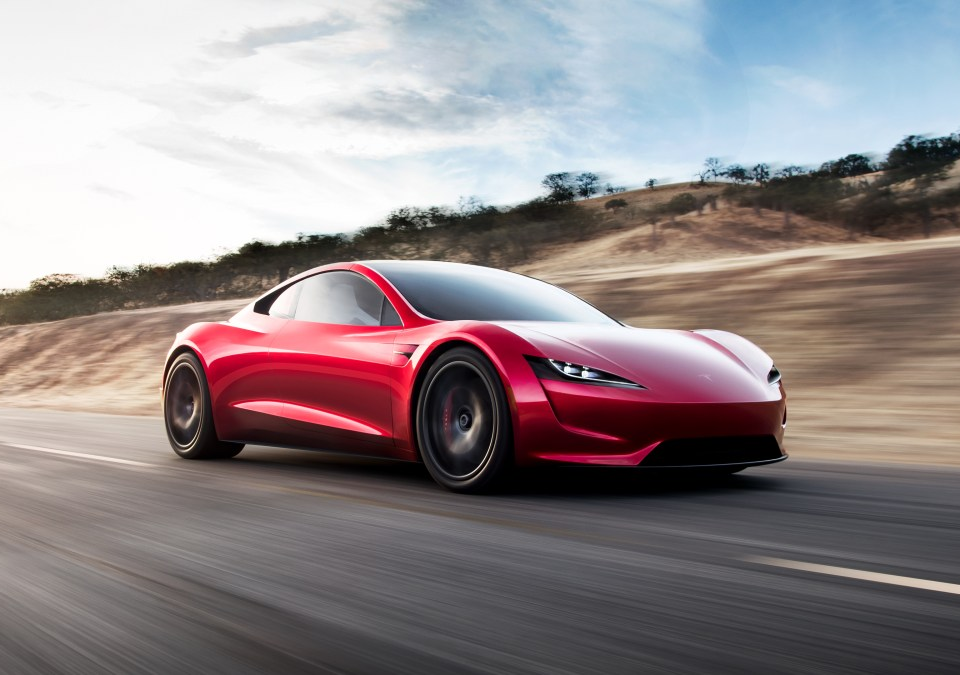
The kale came from inside the house, with Click & Grow
August 22, 2022
Tesla’s next gigafactory might be in Canada
August 22, 2022
If you’ve heard of Tineco, it’s probably because the 24-year-old company has been making vacuums and hair dryers for a hot minute. The company’s next product is a $339 toaster that connects to your Wi-Fi network and can toast your toast with science and precision, and makes me wonder if there’s any device in our house that’s safe from the internet-of-everything wave. It’s not a great sign when I get a PR pitch for a company, and my first thought is that a certain Twitter account will have a field day with it.
In mid-September, Tineco’s Toasty One is going on sale. The company even trademarked part of its tech (IntelliHeat USPTO 97453909, I just know you were curious) to show how much it means business in the universe of perfect toast.
USPTO 97453909, I just know you were curious) to show how much it means business in the universe of perfect toast.
“Two slices don’t have to be the same, meaning that you can individually adjust the toast for each slot. Crucially, this means you no longer need to worry about “who goes first” – two people can have their ideal toast cooking away, simultaneously,” the company writes, creating a $340 solution to a $0.22 problem. “IntelliHeat technology also allows you to save up to 10 toasting preferences, so the whole family can get their desired toast at the tap of a button.”
technology also allows you to save up to 10 toasting preferences, so the whole family can get their desired toast at the tap of a button.”
In a world where $35 buys a two-slice toaster with more than 7,000 customer ratings, averaging more than 4.5 stars on Amazon, it begs two questions: Why?, and WTF? Sure, that $35 toaster isn’t going to memorize the 10 preferences of everyone in your extended polycule, but a $1 Sharpie and initials on the toaster itself is a tried-and-tested method for such preferences.
The problem I have with app-enabled kitchen appliances is that they add a layer of complexity that is unnecessary for the vast majority of people. Getting a coffee machine to spit out a fresh cuppa before you crawl, bleary-eyed, out of bed? Sure. But toast? I have friends who have toasters that have been going for 15-odd years, and when it breaks, they’ll probably buy exactly the same toaster again. And that makes sense, because it is a fucking toaster.
As an aside, it seems that the general consensus of the usable active life of a toaster is six-eight years, so perhaps that particular toaster is the Little Toaster that Could, but still.
I have a two-question pop quiz for you:
- Are there any devices on your Wi-Fi network right now that are 15 years old?
- Do you expect any of the devices currently on your Wi-Fi network to still be around 15 years from now?
I’m willing to bet that for the vast majority of you, the answer to both questions is going to be “no.” And the extension of that is — electronics (and especially electronics that are bolted to the side of a device that generates a lot of heat) simply aren’t made to last that long. Technologies move on, even when the core use case for the product (making bread toasty) doesn’t.
We end up buying devices that are smarter than they need to be, with reduced life spans. Which, in turn, doesn’t just mean more garbage in landfills, but garbage that has a bunch of electronics in it — which is notoriously hard to separate, and just adds more complexity to the recycling process.
I’m sure the toaster is the best thing since sliced bread, but let’s spare a thought or two for the climate, too, shall we?



